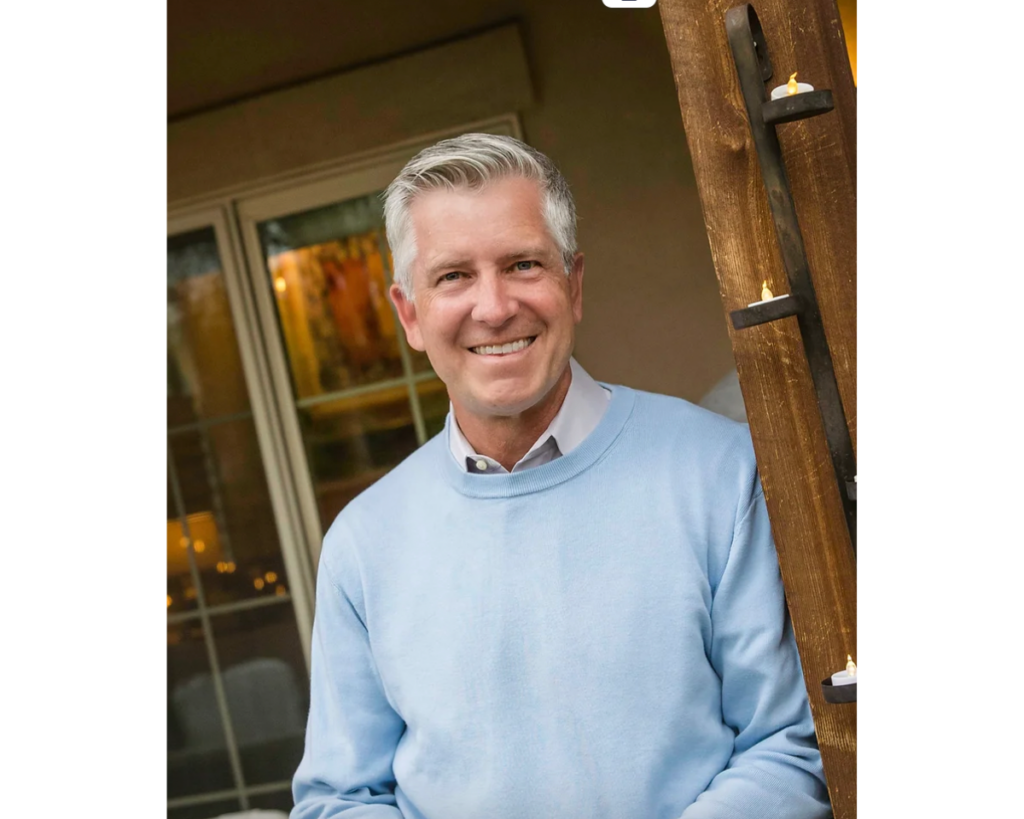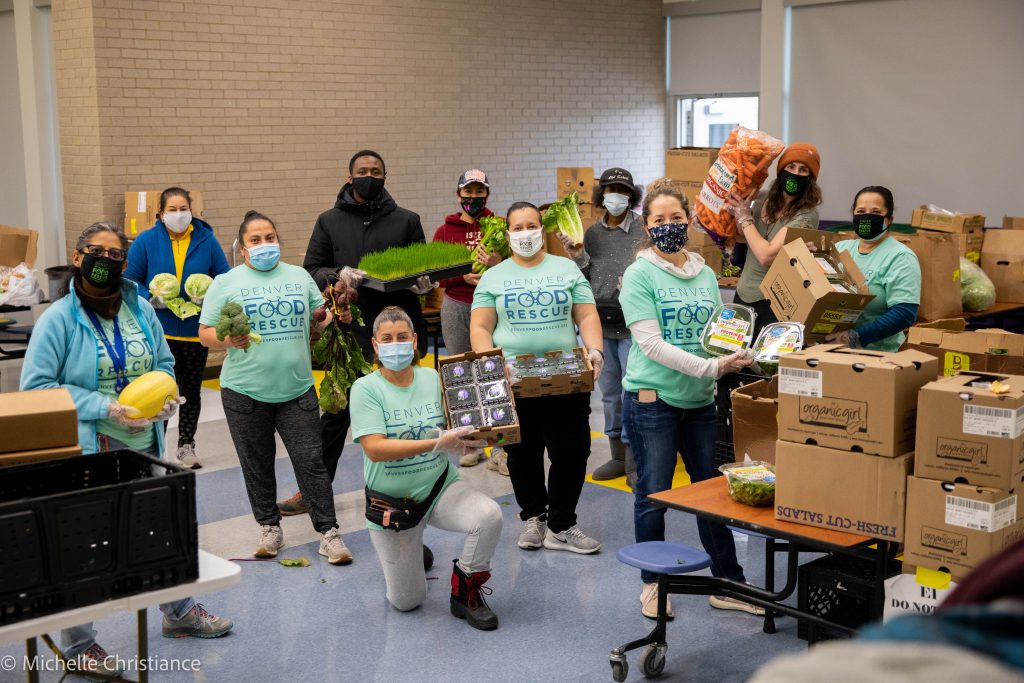Editor’s note: This is the latest piece from Boardhawk columnist Aaron Massey.
Last year, my best friend, Stevon, was diagnosed with a rare cancer.
When he went to his local doctor, they realized that the care and surgery he needed was outside of their skillset and resources. Those doctors then reached out to another hospital, explained what they found, and suggested a transfer. The receiving doctors were able to review his chart, take him in, and provide the necessary care and surgery.
His family was able to ask all the doctors pertinent questions to feel confident and trusting. The doctors that made the transfer trusted the receiving doctors and the receiving doctors were confident in their abilities to support.
This is a standard practice in the medical field. When hospitals don’t have the exact right skill sets and resources to serve patients adequately, they work together to take care of that patient.
Unfortunately, this is not what happens as it relates to education.
When our schools don’t have the exact right skills and resources to serve a student and their family, not only do we not work together for the family, but we harm ourselves and others in the process.
Untangling this concept may open ideological doors we never knew were closed. Let me explain.
For context, 7.3 million students in the United States are diagnosed with some form of disability – ranging from a specific learning disability like dyslexia to emotional disturbances to hearing impairments (Pew Research Center). Those students have legal protections that ensure they are accommodated. So, too, do the 400,000 students in the foster care system (U.S. Department of Education), as well as the 1.2 million children nationwide that are unhoused (National Center for Homeless Education, 2022).
Even with those protections, those students struggle.
But there is a much larger group of students that struggle. A group that we rarely discuss but are omnipresent. And you know who they are.
The students who don’t qualify for an individualized education plan but take care of their two siblings every evening while mom works. The students who get bullied because they don’t know how to navigate socially. The students who don’t learn from handouts, lectures, and powerpoints. Or the student that made a mistake and found themself in court. That group is much bigger than 7.3 million.
Those forgotten students have no formal protections besides overworked social workers who support hundreds of students daily.
What do we do when the forgotten students struggle?
Little Stevon – who takes care of his three younger siblings every night while mom works – has consistently been struggling at school. He curses at teachers, turns in assignments late (if at all), and gets in physical altercations with peers.
Here’s what would normally happen:
Case Study 1:
Because Little Stevon is a Black boy, he is likely going to be recommended for suspension. If he is lucky, they will refer him to a social worker who likely is in the middle of supporting another student or finishing up a threat assessment.
Mom or Dad take off work (their single source of income) to attend mandatory meetings with teachers and administrators. They all make agreements but the reality for the family and Little Stevon doesn’t magically change.
Little Stevon turns in the one assignment he had confidence in and receives a failing grade. A peer laughs at him. Little Stevon decides to either: laugh with him to protect himself and, subsequently, stop caring about his grades. Or lash out.
Then the cycle either repeats, Little Stevon drops out, or Little Stevon is pushed out/expelled. In turn, society creates more for-profit prisons, authorities give out fine-carrying tickets, and everyone points fingers.
The disenfranchisement of the forgotten students reinforces the ways in which we struggle as an industry.
Little Stevon is lonely and disillusioned. Teachers don’t know what to do, get frustrated, and leave after three years (44% of teachers in Colorado have three years of experience or less according to the National Center for Education Statistics).
Principals try to protect their teachers and try to push Little Stevon out. Parents don’t know what to do. The district tries to create policies to protect all students. The school board tries to represent the forgotten students’ voices. All actors are acting in good faith but stuck in a cycle of chaos.
Why are so many well-intentioned, highly intelligent, passionate students, families, and educators getting it wrong for the largest group of students?
I contend we need to do some learning from our medical brethren.
Learning from the medical field, here’s how it should go:
Case Study 2:
Little Stevon – who takes care of his three younger siblings every night while mom works – has consistently been struggling at school. He curses at teachers, turns in assignments late (if at all), and gets in physical altercations with peers.
Teacher does an empathy interview with Little Stevon to uncover what is going well and what he is struggling with. That teacher coaches Little Stevon to communicate what is going well and what he is struggling with.
Little Stevon calls a meeting with his family and school. They listen to his needs, ask clarifying questions, and go back to listening. Based on all the information, Little Stevon, the principal, and the teacher research schools they believe would be a better fit.
They present all options – including his current school – and reach out to the other principals together. Both principals, parents, Little Stevon, and teachers from both schools meet to talk about Little Stevon’s strengths and areas of improvement. Little Stevon sets a plan, writes out what success looks like and sounds like, and sets two follow-up meetings.
In this case study, you could make an argument that this is still pushing Little Stevon out. You could say that schools don’t have capacity. Or that students can’t lead these sorts of meetings. To that, I say answer the following questions below:
Case Study Exam (Write your answers in complete sentences below):
- What is the difference in approach between how Little Stevon has experienced school in the first scenario as compared to the last scenario?
- How might you respond if you were Little Stevon in the first scenario as compared to how you might respond if you were Little Stevon in the second scenario?
- Could we get this wrong (Yes or No, Please explain)?
- Is changing our mindsets, questioning how we operate, and trying something rooted in the humanness of Little Stevon worth a try?
- Yes
- yes
- YEs
- yES




